
Mr. Russell Chan is the Senior Director (Schools & SkillsFuture) at Ngee Ann Polytechnic based in Singapore. He interests in corporate strategic planning, organisation development and culture, industry collaborations for education and skills training, innovation and technology solutioning, SkillsFuture and Continuing Education & Training (CET), and operations and business process improvements.
1. How do you think that the future will impact robotics development in Singapore?
As Singapore realises its vision of a Smart Nation and with an increased focus on sustainability, there will be a greater reliance on robotics solutions to increase productivity, improve energy efficiency and enhance quality of life.
The COVID-19 pandemic has accelerated the demand for robotics applications in many industry sectors in Singapore. For example, more companies are leveraging robotics to enforce safe distancing measures or carry out disinfection and cleaning work. In areas such as healthcare, robotics can come into free up manpower from laborious tasks such as fetching supplies and enablestaff to spend more time on areas that require the human touch. In the construction sector, automation is identified as a key enabler to improve safety and resiliency.
Robotics development will continue to grow and will increasingly play a part in solving national challenges.
2. With the increasing automation trend, what are some of the skills that will be most in demand in the future?
With the advancement of core technologies such as sensors, communication systems, displays and cloud computing in recent years, engineers with skills in developing robot operating systems, cognitive vision/machine vision and cloud computing will be in high demand.
3. Share an example of a successful product launch that you led at one of your previous startups.
This year, Ngee Ann Polytechnic (NP) and Sing Health Polyclinics collaborated to develop a disinfection robot called HIRO, which stands for Healthcare Assistive Robot for Frontline Infection Control.
Jointly developed by NP’s School of Engineering, School of Health Sciences, School of Life Sciences & Chemical Technology and Sing Health Polyclinics, HIRO uses UV-C light – which can eliminate more than 99.9% of bacteria and viruses – to disinfect high-touch and hard-to-reach places remotely and independently.
In addition, the smart robot also doubles up as a safe management ambassador to safeguard public health, boosting productivity in a polyclinic setting. HIRO serves as the first point of contact for patients when they enter the polyclinic for their temperature to be taken. It can detect visitors and patients who are not wearing masks or following safe distancing rules, and display location information. It also acts as a mobile directory to show patients and visitors the way to the different service points in the polyclinic. These automated functions allow the polyclinic to deploy its manpower more efficiently and safely. The robot is currently on trial at Tampines Polyclinic.
4. What are the most common challenges in the robotics industry and how doyou think will be the future of robotics?
Some challenges in the robotics industry include:
1) Developing reliable AI technologies
There is always room for improvement in robotics technologies, especially in the enhancement of their cognitive functions. A huge data set is typically needed to train robots to perform their designated tasks, and this is usually done under controlled environments. So there is still some way to go before robots are sufficiently empowered to function as intended in truly unknown and unstructured real-world environments.
Nevertheless, with continuous progress in robotics hardware and AI algorithms, we are confident that robots with even more advanced abilities will be developed to complement the human touch required in various sectors.
2) Implementing a flexible manipulation gripping system
There is a need for new research on materials, integrated sensors and planning/control methods to further enhance the dexterity of a robot. With advancements in manipulators, robots will be able to go beyond performing simple “pick and place” tasks and gain the ability to grasp and manipulate objects.
3) Building multi-functional robots
To cut operating costs and improve productivity, businesses need to deploy robots that can multi-task. Increasingly, the focus will be on developing robots that can perform multiple functions with the same efficiency as robots designed to fulfil a single function. This will require advanced versions of artificial intelligence and machine learning technologies so that such multi-functional robots can carry out multiple tasks with ease.
5. What do you believe are the qualities of a great robotics programme?
A good robotics programme is one that starts with the outcome in mind, to fulfill specific key areas in a business, such as reducing manpower costs or increasing efficiency. Companies that are looking to implement good robotics solutions must assess their long-term business goals to reap the advantages of implementing the programme.
When adopting new robotic technologies, we must also not forget the humans. It is important to ensure that staff are aligned on the purpose, and have the skills and aptitude to implement the programme. These may include dedicated change management, with workplace learning and consultancy projects to help onboard staff.
6. How do you intend to build an ecosystem that supports robotics innovation and technology development?
NP launched our Robotics Research and Innovation Centre (RRIC) in October 2021 to drive robotics innovation and technology development. The RRIC brings together the expertise of our faculty members from various fields across NP to co-create robotics solutions. As part of our “for industry, with industry” approach, the RRIC serves as a platform for NP to address problem statements from industry partners, with whom we collaborate to develop and trial new robotics solutions. With the focus on Future Mobility, Future Health, Future Construction and Future Sustainability, we seek to grow such partnerships with industry and support the larger ecosystem sin Singapore.
RRIC also welcomes collaborations with other robotics players to develop deep tech applications, such as the Robot Operating System (ROS) for robot localisation and navigation, Machine Learning and Artificial Intelligence for cognitive vision, and the Internet of Robotic Things (IoRT) for chatbots and more.
Apart from developing customised and multidisciplinary robotics solutions, the RRIC is also embarking on deep tech projects. As the robotics engineering field is rapidly advancing, these collaborations will provide rich learning opportunities for our teaching faculty to remain current, as well as for our learners to be industry-ready through hands-on experiential training.
All of these endeavours underscore our commitment to support industry needs through robotics solutions, and to nurture a strong pipeline of robotics talent.
7. What has been the most exciting advancement in robotics engineering recently?
Advancements in robotics technology are making human–machine collaborations more effortless. Developments in improved sensory technology have enabled robots to better interpret and respond to their environment. Robots are becoming more adaptive and flexible, and can deal with a wide variety of temperature changes and hostile environments. In addition, robots are also becoming more connected, thanks to the cloud-computing revolution and increased connectivity all around.
Robots are now increasingly involved in tasks and operations in a wide variety of applications. In Japan, for example, robots are being trial led in nursing roles. Robots can help patients out of bed and support stroke victims in regaining control of their limbs. Smaller robots, such as the Dexter Bot, are easy to program and can handle manufacturing tasks that are often too laborious.
8. What are the challenges of implementing robotics technology in our society, and how do you plan to address these challenges?
One main challenge is the shortage of skilled robotics talents who are equipped to implement robotics solutions. Recognising this need, NP has launched a Specialist Diploma in Robotics Engineering with SG Innovate. Learners can look forward to acquiring essential skills and knowledge in machine learning, computer vision 3 and coding, and have the unique opportunity to participate in a traineeship programme called Power XRobotics. This comprehensive programme includes a 3-month intensive robotics course conducted by the RRIC followed by a 6-month attachment to a robotics company. This part-time full-qualification course will start in April 2022.
Another challenge is the high cost of implementing robotics solutions, as significant investments are required at the prototyping and deployment stages. To help reduce costs, we intend to develop more multifunctional robots so as to ensure that each robot’s capabilities are maximised to its full potential.
9. What are the benefits of robotics technology in our society, and how do you plan to address these benefits?
We firmly believe that robotics technology must bring about improved safety, increased productivity or improved quality. We envisage robots being called upon to perform high-risk tasks, unconstrained by time, fatigue or stress, and delivering outcomes at the desired quality and consistency.
To this end, NP’s RRIC will focus on developing service robots (SRs), autonomous vehicles (AVs), autonomous underwater & marine vessels (ROVs) and unmanned aerial vehicles (UAVs) for industry and national needs, covering applications on land, sea and in the air.
10. What are some of your visions for robotics in the future?
The robotics industry is expected to grow significantly in the next few years. With an ageing population and ever-increasing need to improve productivity, there will be an increased demand for robots to assist in the provision of healthcare and to complement the workforce as part of the constant drive for automation. Even on the leisure front, changing consumer preferences and social trends will accelerate the growth of advanced robotics and autonomous solutions. Robots will also find their place in helping with the global sustainability agenda. It is with this in mind that NP and RRIC has chosen to focus on Future Mobility, Future Health, Future Construction and Future Sustainability in our technology development efforts.
While robots will increasingly populate our world, the growth of artificial intelligence would also mean that they will become increasingly autonomous and self-sufficient in their decision-making, performing a much more diverse range of tasks with better results and greater speed. We can expect future robots to adapt to their surroundings, master new processes, and alter their behaviour dynamically to perform more complex tasks.
Ultimately, humans will stand to benefit as robots shoulder the physically demanding, repetitive, or dangerous tasks. As robots increasingly complement humans at work, we can look forward to increased safety, productivity, and quality. Human manpower can then be focused on those aspects that require high-touch or innate creativity.
Find more at https://www.np.edu.sg/









.jpg)
.png)



.jpg)
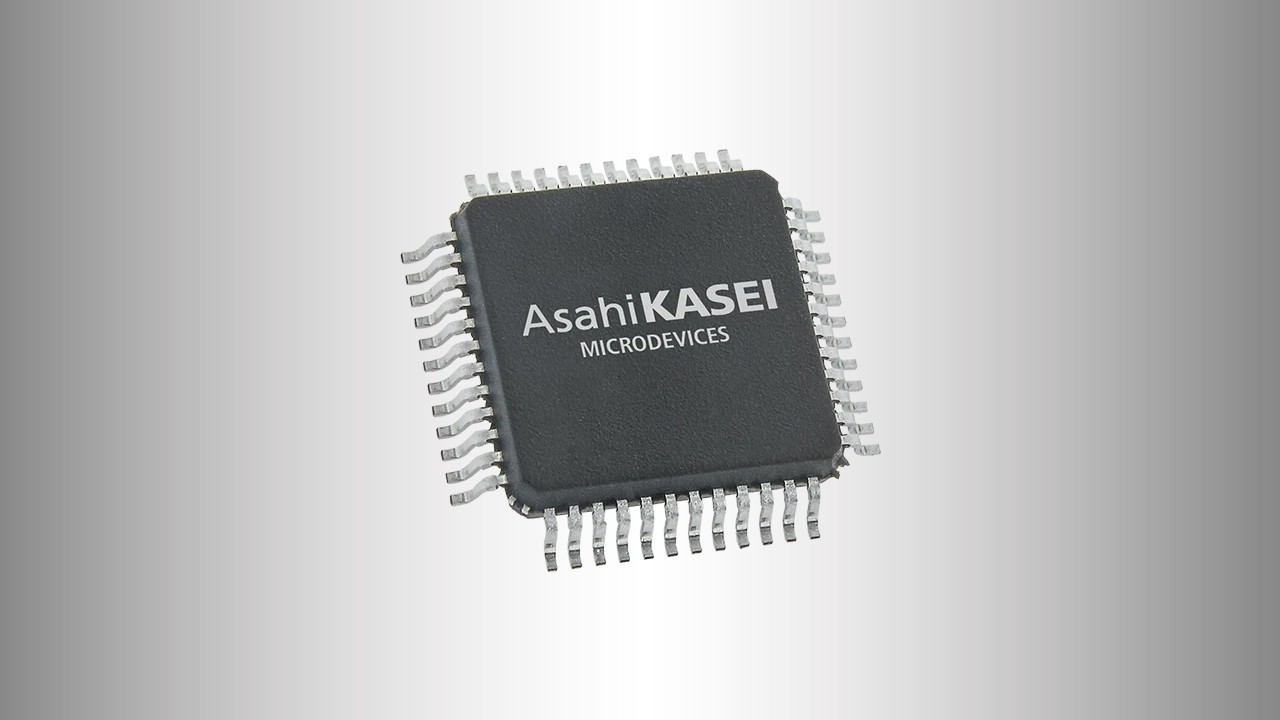
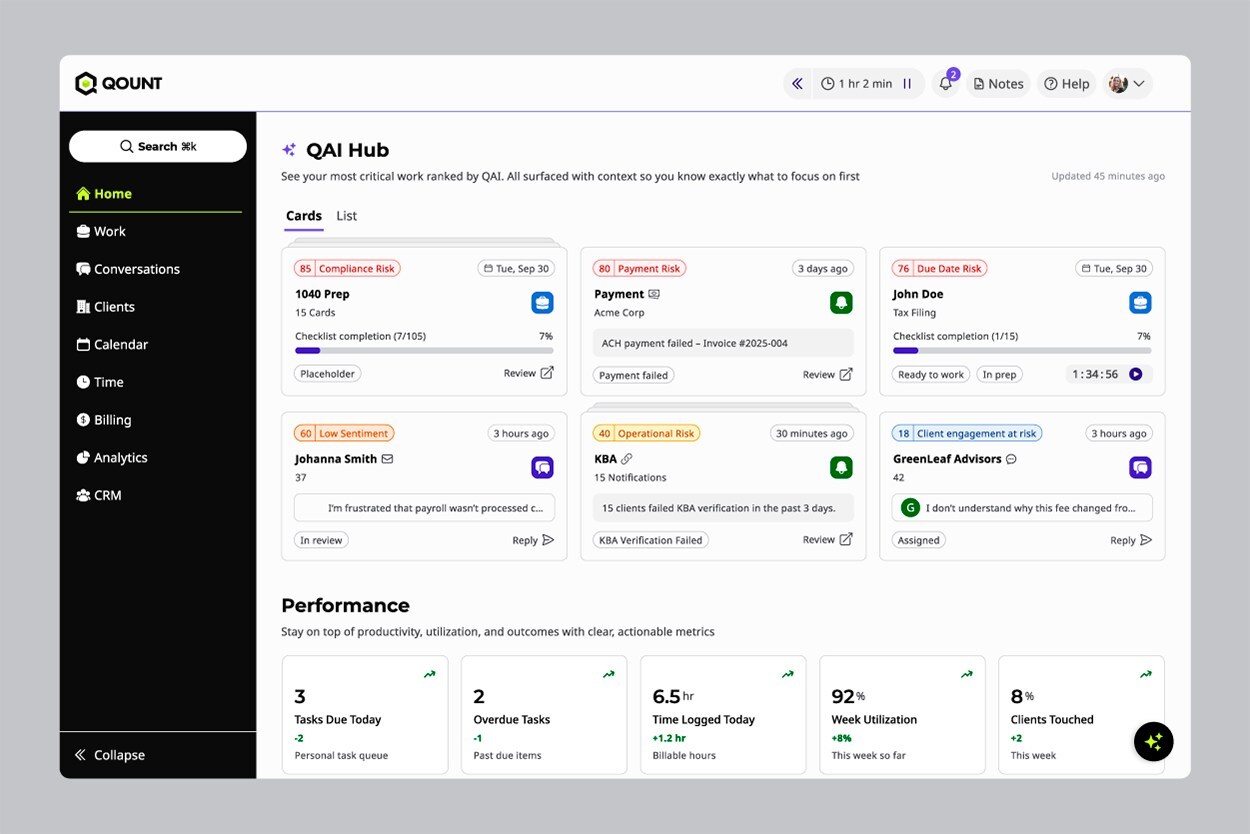









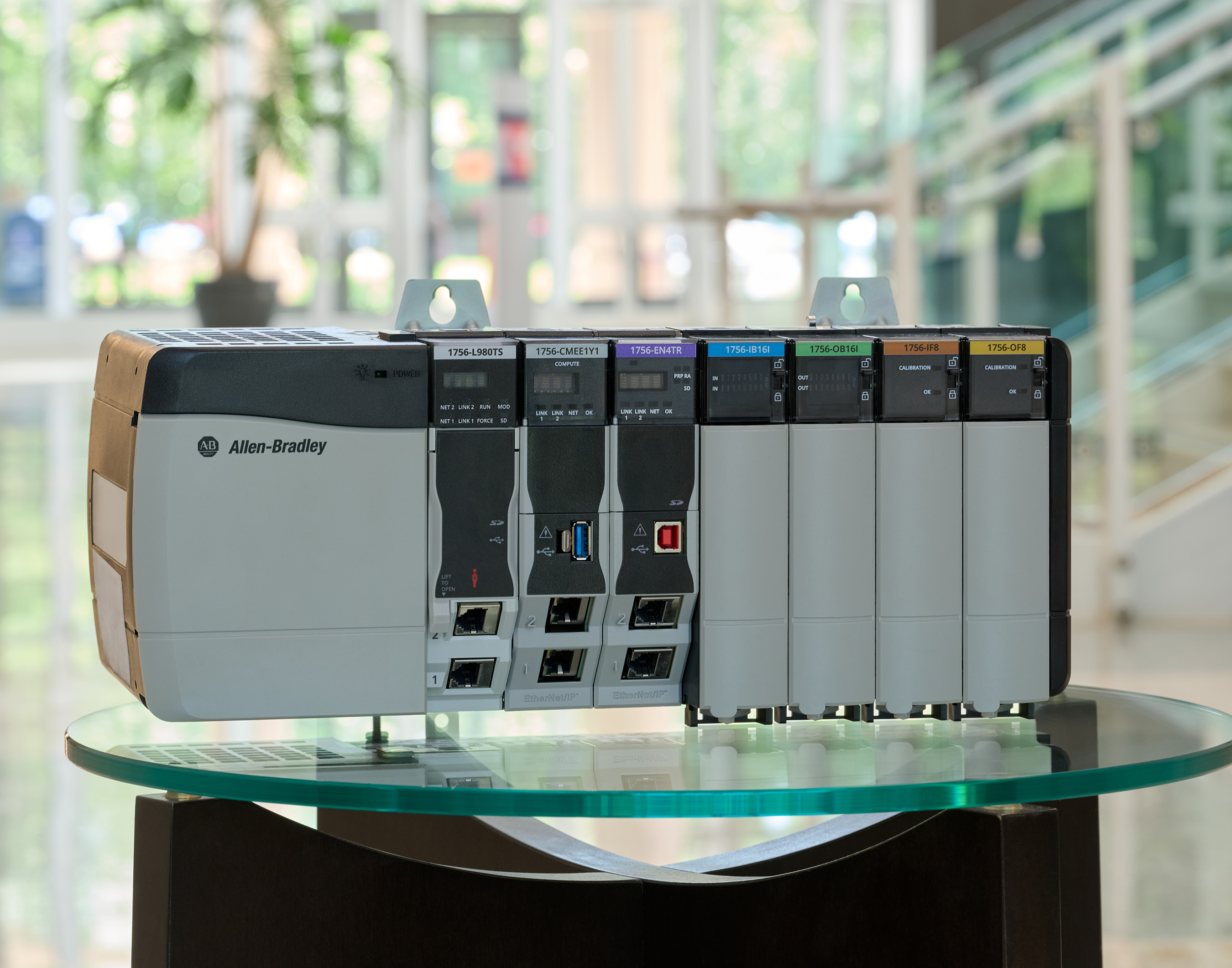

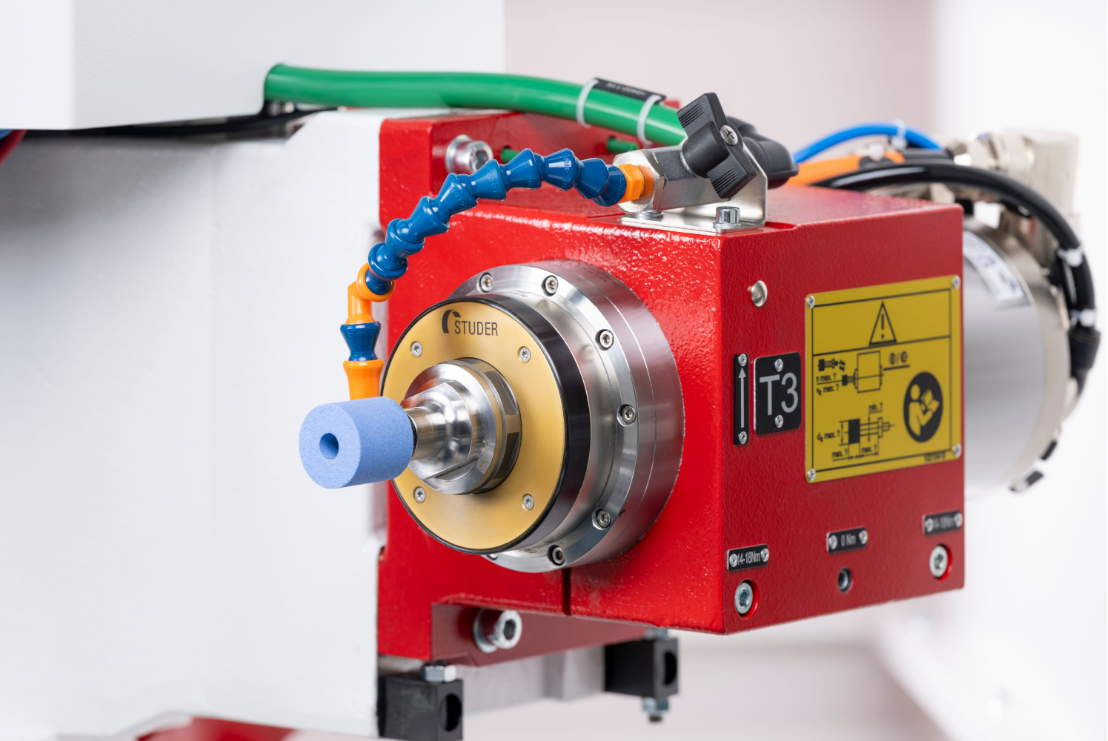
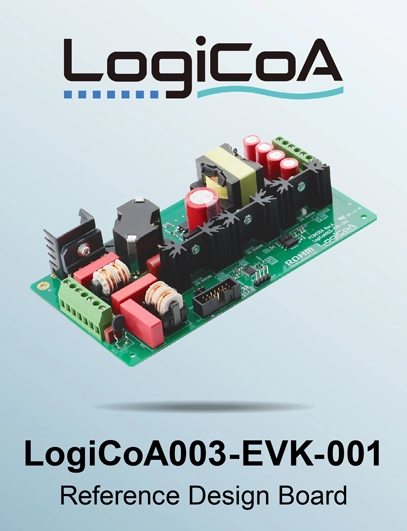
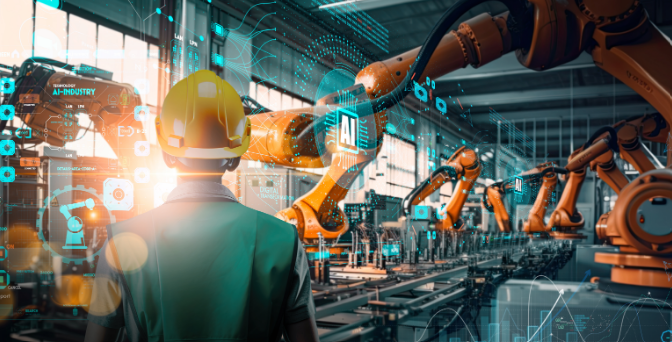




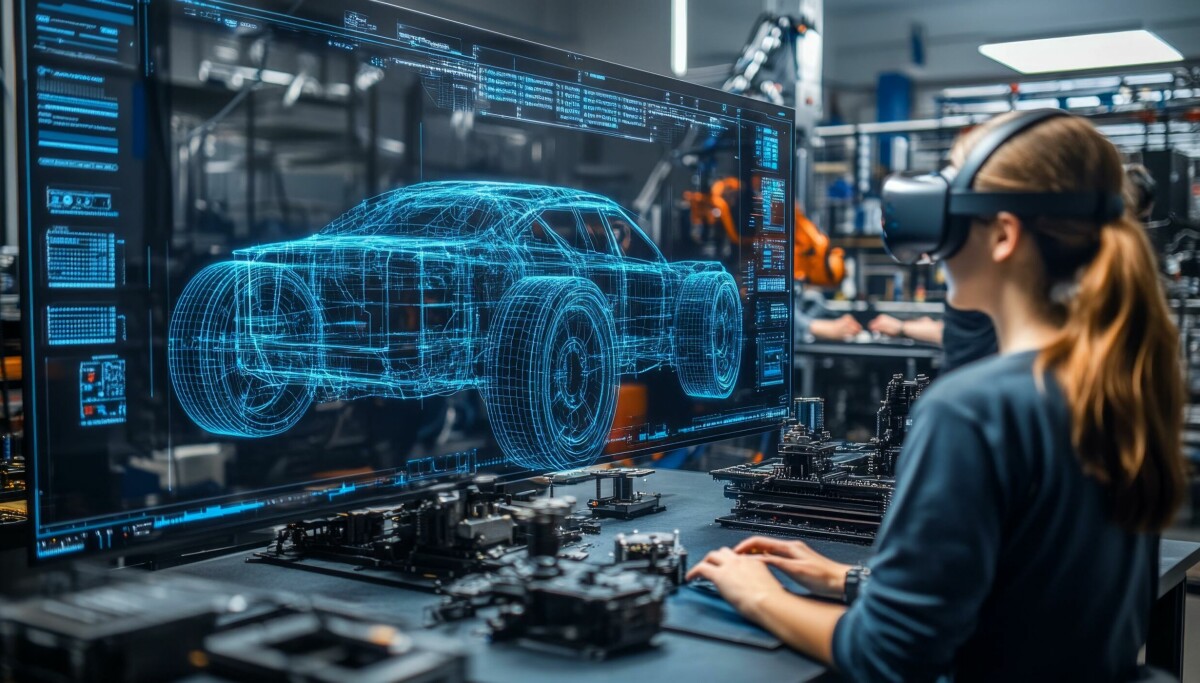

.png)
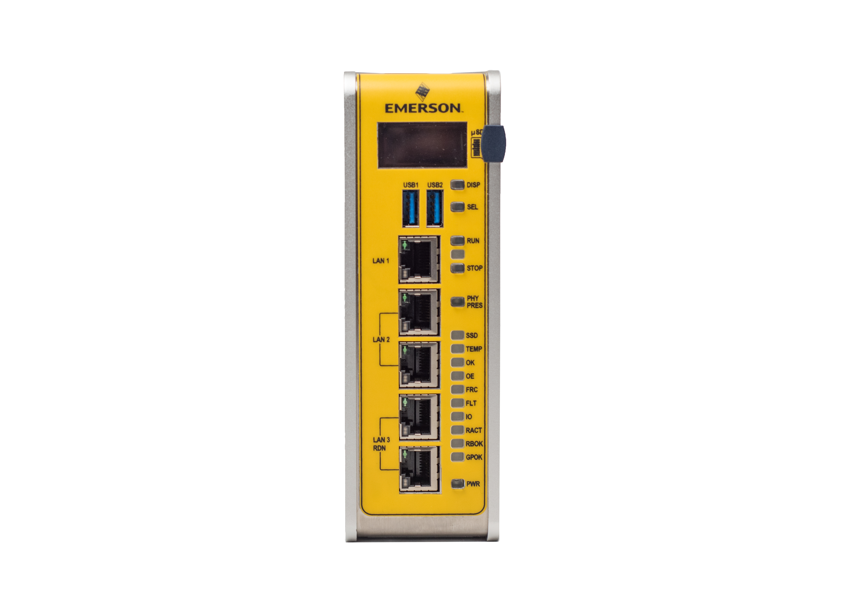
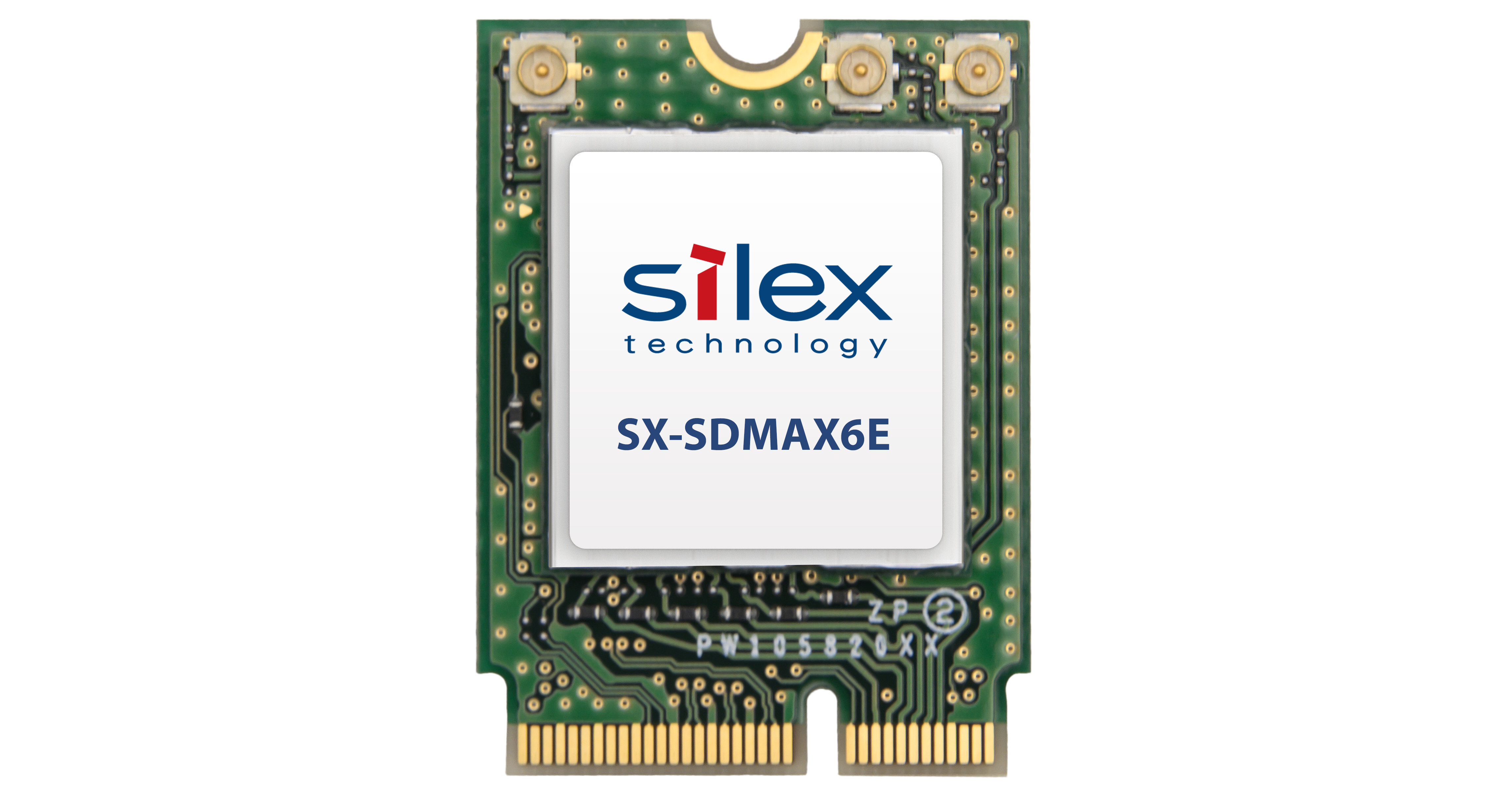



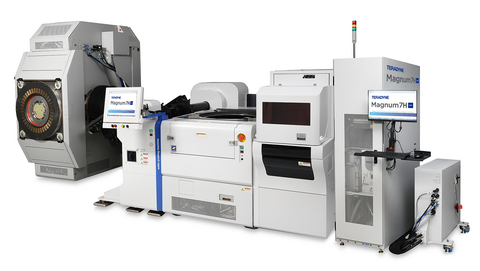


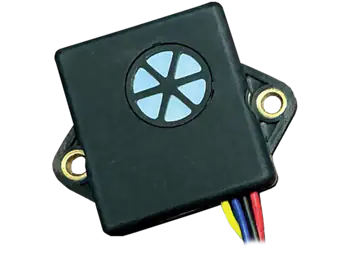


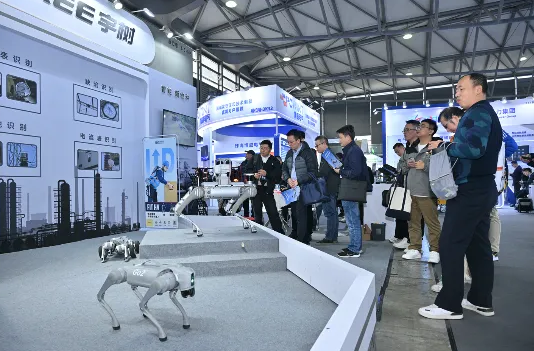
.png)





























.png)











.png)


















